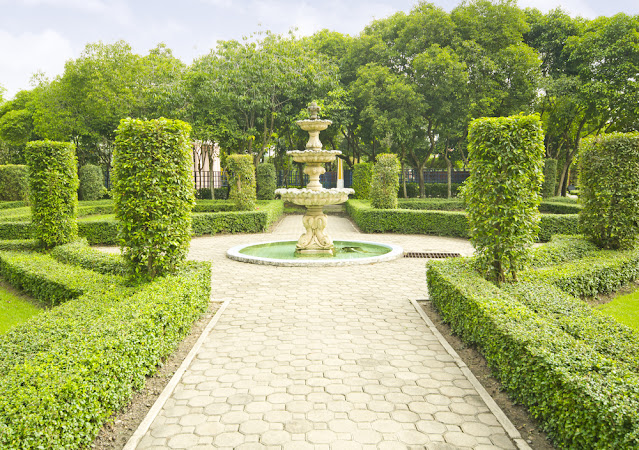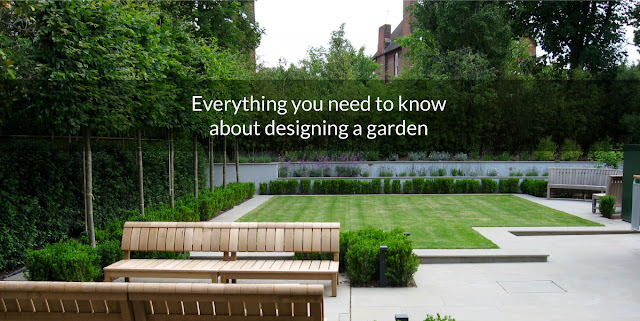What is a Formal Garden? How to Design Formal Garden?
 |
| Garden Design |
What is a Formal
Garden Design?
You won't be far
off if you image grand manor houses from earlier periods in France and England
when you think of a formal garden. These concepts are the inspiration for
modern formal garden design, which scales them down for the typical home. A
fountain, birdbath, or even a sundial can serve as a focal point when designing
a formal garden. Plants for foliage are organised into beds and rows using
mirror image planting. A formal garden has two sides that are identical mirror
images of one another.
Formal garden designs typically focus
on green, leafy plants rather than flowers and always rely on geometric shapes
like squares and triangles as well as straight lines. Formal garden design
ideas can be used to completely cover a backyard or only to create an accent
garden to a unique area of the lawn.
The simplest way
to create a formal garden design is to use symmetrical plantings. Create a
central line or axis that runs through your garden area, and arrange
mirror-image plantings on either side of that axis. Formal gardens typically
draw their main axis from the house, so in some way connect this main path to
your home. It could be the view from a family room, dining room, or deck.
Plantings in a
formal garden reflect a sense of order and symmetry. Plantings can be repeated
in mirrored beds or in different planting areas along the central axis. Another
way to improve the formal feel of a garden is to repeat colours along an axis.
Formal garden designs typically include
trees that have been pruned into specific shapes. Gardeners frequently use
pleaching and espalier techniques to shape trees into more orderly shapes. In a
formal garden design, you can avoid some pruning chores by choosing trees with
a tidy appearance, such as linden, ornamental pear, Italian cypress, Fastigiate
European beech tree or Sky Pencil holly.
A formal garden
is also an excellent setting for topiary, whether small or large. Look for
topiary roses for colour and evergreens for winter interest. Fruit trees,
perennials, and roses in containers stand out in a formal setting.
Formal gardens
are distinguished by their neatly clipped, orderly hedges. A knot garden can be
created by planting hedges in intricate patterns. These hedges are frequently
made of santolina, germander, or boxwood. Hedges can also be knee-high and used
to highlight specific plantings. Because the hedge can conceal bare rose basal
stems, this method works well with a formal rose garden design. Taller hedges
can be used to create garden rooms as well as a garden maze.



Comments
Post a Comment